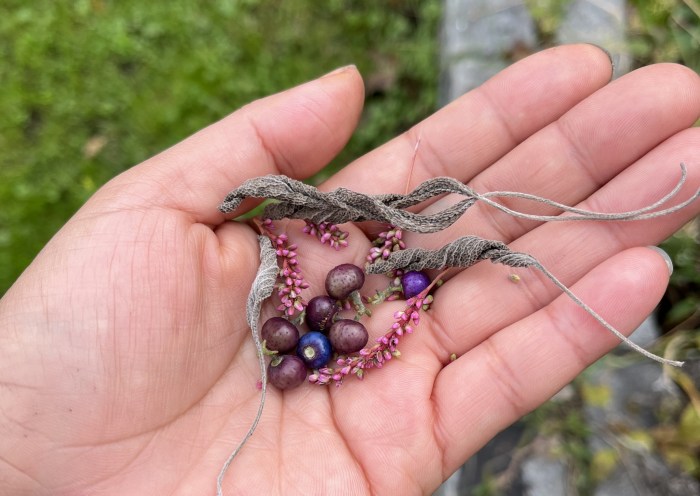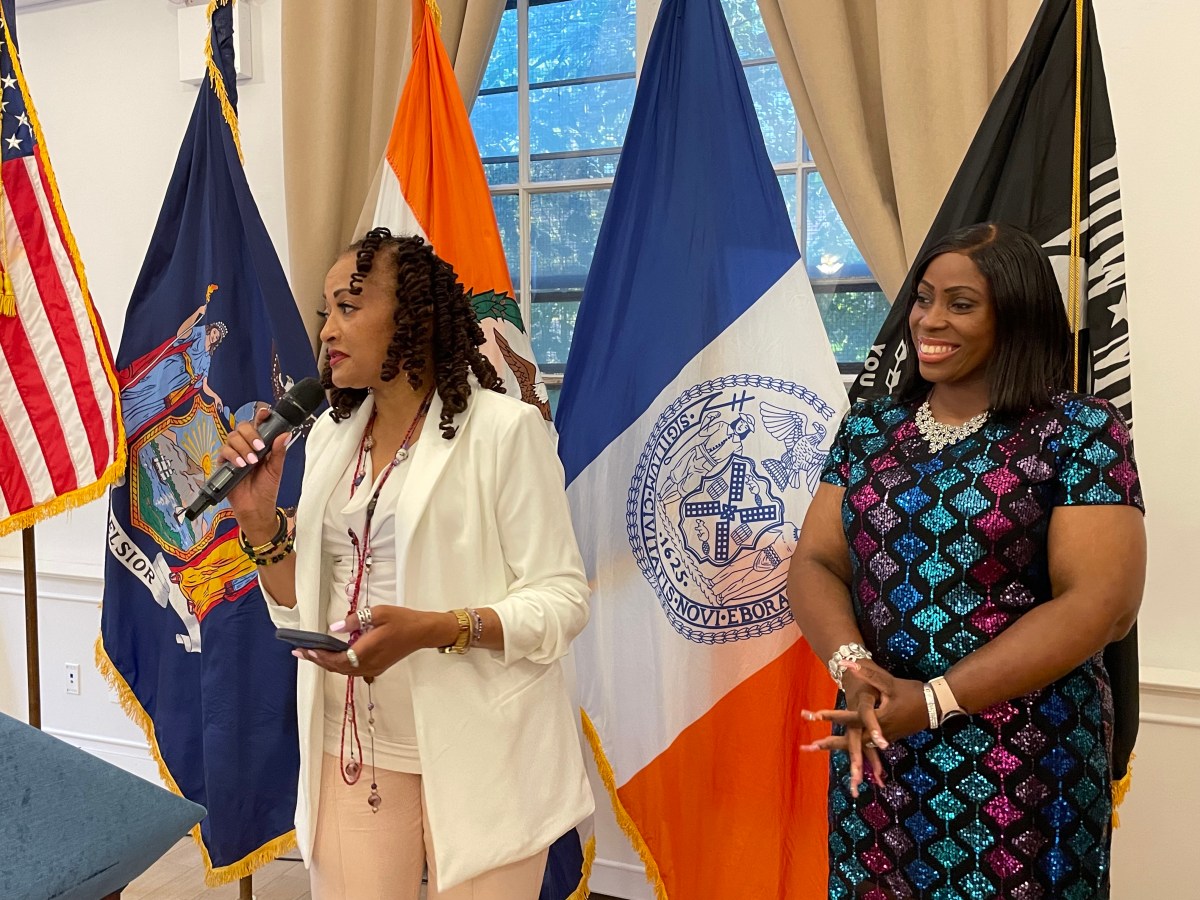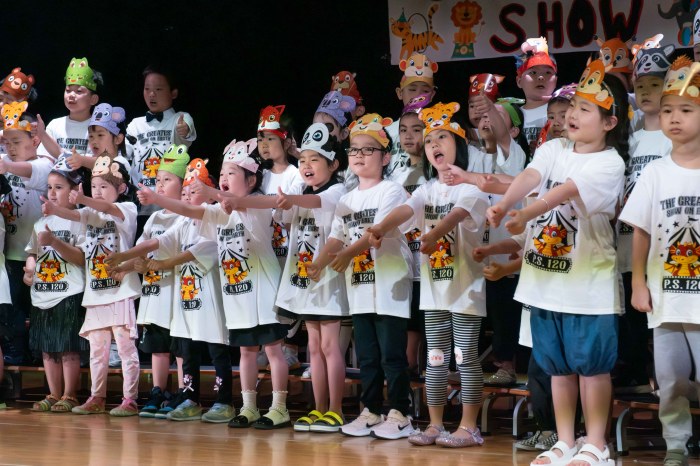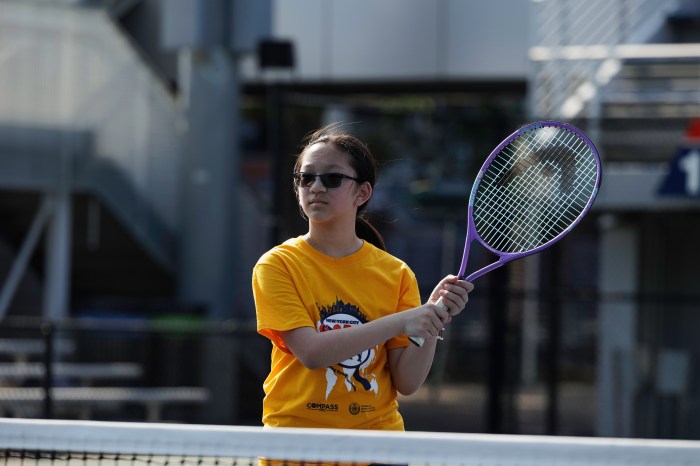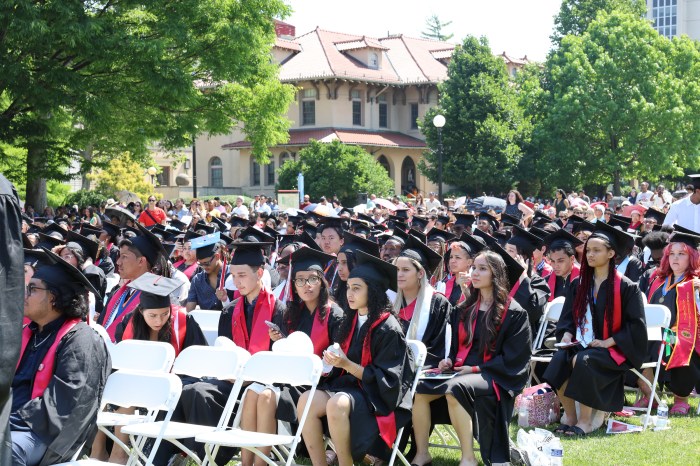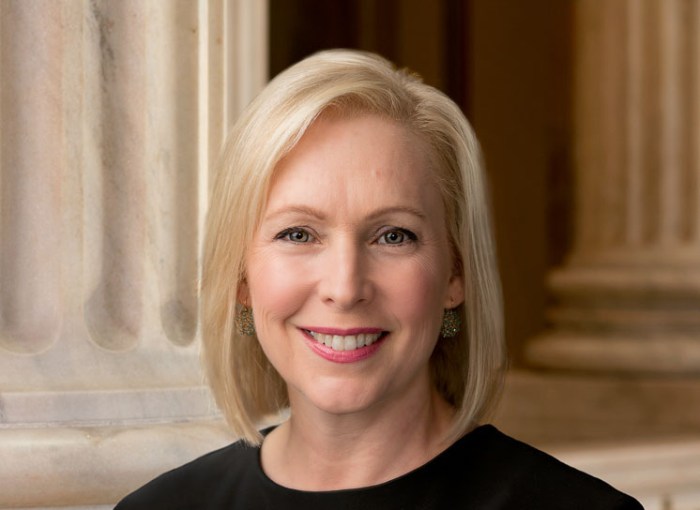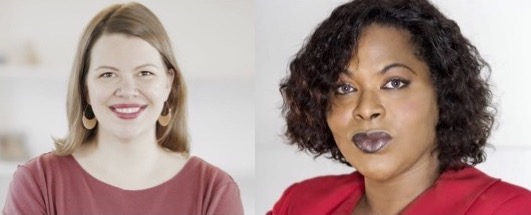WEST HEMPSTEAD, N.Y. - Two animated church services are going on at Island Garden Basketball Arena. The first, in what seems to be a multipurpose room on the facility’s second floor, consists of singing, clapping, and one woman’s conspicuous waving of a red flag. The second, on a hardwood court visible through that room’s long window, features a girls’ basketball game of New York-area high school stars.
The fifth annual Metro Classic, without question, is a church service. The atmosphere on the court is wondrous, punctuated by a miked-up announcer vigorously calling each play and referring to the girls by nicknames like “Green Lantern” and “Go-Go Dancer.” The engaged crowd, college coaches among them, is ready to worship every spin move and crossover dribble. There is a ceremony of honor, too: Vincent Cannizzaro, no stranger these days to a little adulation, is receiving the Outstanding Achievement Award.
The halftime ceremony is short, which means Cannizzaro gets to put down his plaque and return to watching basketball. But his impact on this October 26 all-star game is hard to ignore. Notice the girls representing Christ The King Regional High School: senior center Taylor Burner, junior forward Ariel Edwards, senior forward Tahira Johnson, and sophomore guard Bria Smith. They combine for only 15 points in a 97-73 loss, but there are four of them. No other school has more than two players on the roster.
Indeed, despite some recent rough goings, Christ The King is still a powerhouse. And Coach C., nearly a decade removed from the team from Middle Village, is ready to reminisce about what got them here.
A retired New York City police detective who coached boys’ CYO basketball for 20 years, Cannizzaro arrived at Christ The King in 1981, in the midst of a citywide teachers’ strike. Father John Savage, the athletic director, had sought out Cannizzaro as a replacement coach, and now he prodded him stay. Cannizzaro responded by doing some prodding of his own. He wanted to play two non-league games in Boston.
“Boston, Massachusetts?” said Savage.
From the very beginning, gaining experience for his players was Cannizzaro’s goal. He founded an AAU team, called the Liberty Belles, to find his squad some additional playing time and to introduce younger players to the Royals’ system. All this effort was new to Christ The King, and it was largely new to high school girls’ basketball.
It bred a serious program with a serious practice atmosphere.
“I think the success of Christ The King was basically because players were very competitive among themselves, so practices were very intense,” Cannizzaro says. “Girls are extremely intense, hungry to learn.”
He relates the story of a former player who was crying after practice because she had too much trouble guarding a teammate. The teammate, a superior player, emerged from the locker room and, seeing her cry, smiled and said, “See you tomorrow.”
“That was cold,” Cannizzaro says with a chuckle.
The reforms were not limited to the court, either. Cannizzaro required all of his players to attend study hall before practice. If you fell out of the routine, you didn’t get to play. Over his 19-year career, with some CTK graduates going on to Harvard and Yale, not a single one of Cannizzaro’s players found herself academically ineligible for college. Cannizzaro considers that his greatest accomplishment.
“I wouldn’t want my kids to be failing in class and still playing ball,” he says.
A mid-‘80s home game against the top-ranked team in the country let Cannizzaro know that something special was brewing in Middle Village. Towson Catholic, from Maryland, ended up winning a nail biter, but Cannizzaro took note of the “mobbed” gym and opposing coaches took note of the Royals’ potential.
“There were a lot of 7th- and 8th-grade kids who saw that game,” Cannizzaro says. “That group in the stands that day - that was the first team that won the first Federation title.”
Anyone who knows the history of high school basketball in America knows much of the laundry list of Christ The King achievements that soon followed. 18 consecutive Brooklyn-Queens diocesan championships. 11 State Federation triumphs. Three USA Today national titles (1990, 1993, 1998). Chamique Holdsclaw. Sue Bird. The greatest girls’ program of all time.
Yet when Cannizzaro talks about what led to the Royals’ great run, about what separated them from the pack for much the 1990s, he doesn’t talk about on-court tactics. He talks about discipline, much of it academic.
“Who cares about [playing for] Division I, Division II, Division III [schools]?” he says. “All our kids were able to go to college. That’s what’s most important.”
Cannizzaro left Christ The King in 1999. He served as an assistant coach at Stony Brook University for four years. Now, he runs the Vincent Cannizzaro National Recruiting Report and travels cross-country to watch young people play basketball. He still lives in Queens, and when he returns to Christ The King for a visit, he says, “Watching them play is like going to watch your grandchildren play.”
He receives his lifetime achievement award in front of 26 players whose progress he has followed for years.
“Anytime you’re recognized for the contributions you made to a sport, it’s a great honor,” he says. “It means you’ve helped not only the kids you’re involved with, but the sport in general.”



